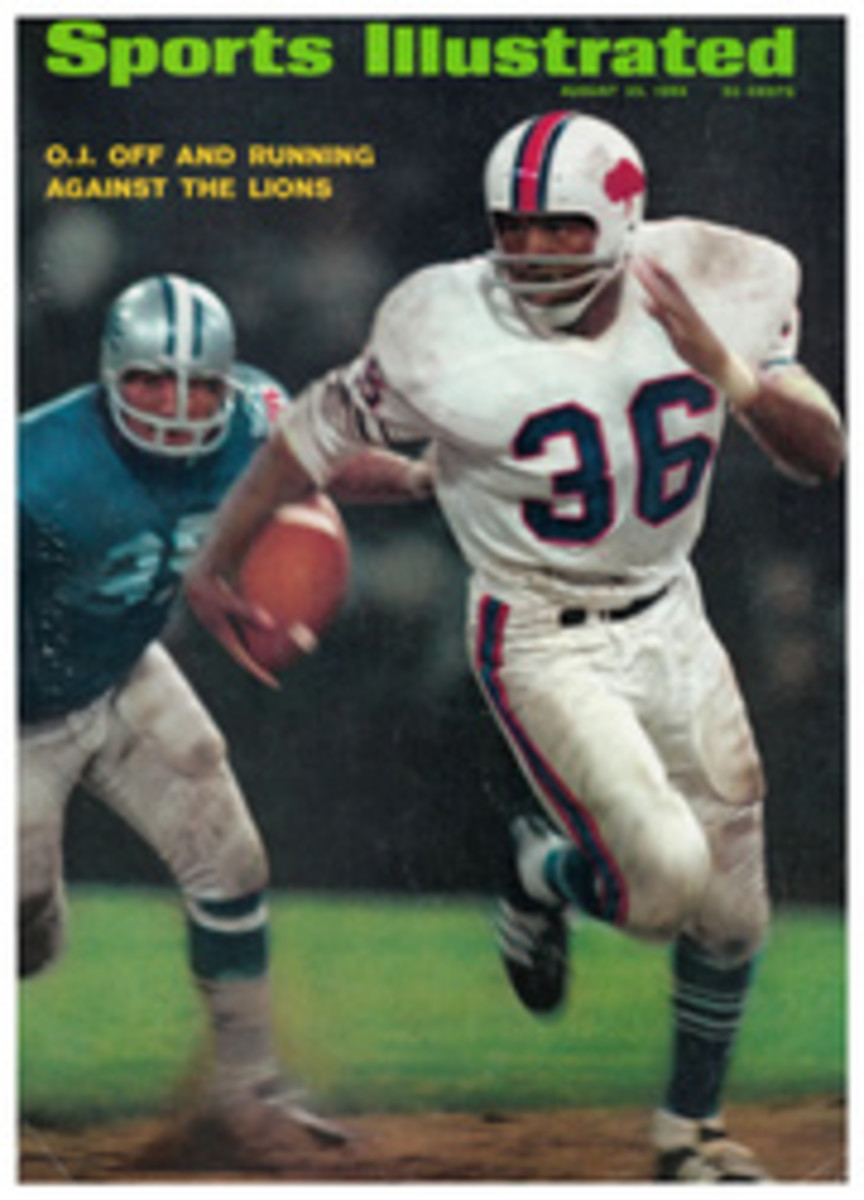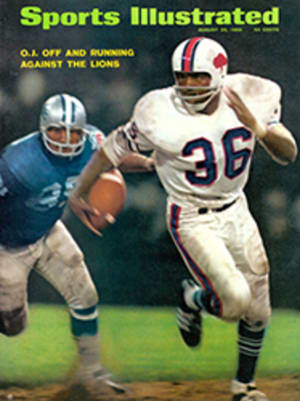
Never? No, always on Sunday
Mention Vermont and what comes to mind? Calvin Coolidge, immediately. Then maple syrup, Ethan Allen and his Green Mountain Boys; perhaps the recollection that Vermont was the only state except Maine to vote for Alfred M. Landon against Franklin D. Roosevelt in 1936. All those things. But horse racing, with pari-mutuel betting—and on Sunday afternoons, not long after church? Never. Still, for the past two seasons, Thoroughbred racing has been popular on Sundays at a $6 million track nestled in a valley of the Green Mountain and Taconic ranges. And further, night Thoroughbred and harness racing have been big there since 1963.
It all began with a touch of crisis: Vermont, with population of a mere 389,881 in the 1960 census, found itself in 1961 with a grave financial deficit. Vermonters traditionally love a balanced budget as much as they do their large dairy herds (there are almost as many cows in Vermont as people), and their famous syrup and their Republicanism. Looking around at the huge racing revenues neighboring states were amassing, the legislators of the day decided that what they needed for their budget ills was a racetrack.
Never, since Vermont was admitted to the Union in 1791, had the state solons even thought of such a thing. Indeed, the only horses previously considered decent in Vermont were farm animals and the famous Morgan breed—small horses of great endurance popular for use with carriages and sulkies—which was developed at several sites in Vermont. Some of the citizens still looked down their blue noses at the idea of a track (but after the legislature passed a bill authorizing pari-mutuel horse racing a great many others—more interested in money than in piety—passed the required referendum by an overwhelming vote). The call for bids interested six tracks, mainly in New England, but the best offer came from Lou Smith, who had established the highly successful course at Rockingham Park in nearby New Hampshire. Smith formed the Taconic Racing and Breeding Association, Inc., owners of Green Mountain, and began to sell stock.
Vermonters, though they like revenue, are known to be wary of speculation. Most of the $6 million needed for land, construction and fittings was raised out of state. It came from a few heavy investors, notably Martin E. DeMatteo Jr., one of New England's largest contractors, who builds airports, bridges, housing and industrial complexes and who became president and treasurer and now owns a majority of Taconic stock. Mr. DeMatteo's company went to work in 1962 and installed the Green Mountain track on 125 acres of farming land, near the southwestern border where Vermont meets New York and Massachusetts. It opened for business in the spring of 1963.
Having enjoyed Sundays at racetracks in France and even one in Moscow, I was curious about the only American plant open on Sundays this side of Phoenix, Ariz., Ruidoso, N. Mex., Jefferson, S. Dak. and Seattle. The track—surrounded front and back by lush mountain ranges—looks dainty and pretty as one approaches the valley in which it is located. But once you are inside it is remarkably spacious. It seats 8,000 people, has parking space for 9,000 cars and there are plenty of betting windows, bars and eating places. A long apron accommodates the many who like to root their horses home from near the rail.
The building itself is not of the garish school of track architecture: it is a simple green square of glass and metal which blends beautifully into the atmosphere without the detriment of plastic and concrete a la Aqueduct and Yonkers. The track itself is 13/16th of a mile with a 5/8ths-mile track for harness racing, which curves into the main track when converted for trotters and pacers. The width of 90 feet prevents crowding.
Green Mountain has 200 nights and Sundays of Thoroughbred and harness racing, starting this year with trotters and pacers Feb. 28, continuing until April 26 when the Thoroughbreds came back. There is another fall harness meet from Oct. 18 through Nov. 30, after which Vermont gets a bit chilly and snowy. (One of the state's other big sources of revenue is skiing.) The track's 1,106-foot stretch is almost as long as nearby Saratoga and distant Aqueduct, and a bit longer than the Belmont stretch. It favors come-from-behind horses and, made of sandy loam, it is one of the fastest-drying tracks in the country.
On the recent Saturday night and Sunday afternoon when I suffered a minor setback at Green Mountain, the pleasure made the small loss well worth while. Many of the races are five furlongs, with several at seven and 7½, and an occasional mile and mile and 1/16. The purses, raised this year from a $1,100 minimum to $1,500—with an occasional $5,000 race—are not big enough to attract stars. The Thoroughbreds come mainly from West Virginia, Ohio, Finger Lakes, N.Y., and New England, where they saw worse days and raced for even less. Some of them are quite elderly. A few of the winners I did not bet on were 9- and 10-year-olds. A very high percentage of favorites win or are in the money at Green Mountain. In addition to a Daily Double there are a Big Perfecta on the fifth and sixth races and a Perfecta on the final race. On Sundays there are 10 races. On the Saturday of my visit the Big Perfecta, with the winner and second horse in both the fifth and sixth races, paid $1,291.80 for $2, and on Sunday it was worth $554.80. Many have been much higher than that, making horseplayers' pocketbooks water.
Ninety-five percent of the bettors and viewers at Green Mountain come from out of state. There is a rumor that some of the Pownal townsfolk do not even know there is a racetrack in their midst—but most of them certainly know where their revenue is coming from. The town of Pownal (pop. 1,879) gets $200 for every racing day from the track, plus real estate taxes and benefits from the influx of fans buying food, liquor, cigarettes, souvenirs and that good old maple syrup. Pownal has won a new six-room school out of the jack from the track.
There is some grumbling in the lovely, quiet little community about Sunday racing—not on religious grounds but on traffic grounds. Some of the natives complain that they have trouble getting their cars out of their driveways when the track is filling up or emptying.
From 1963 to 1968, when Sunday racing began, for 29 Sundays the state has received $9,794,145.11 from night and Sunday racing. The town has received $615,129.84. The state also got $475,980.34 from franchise, income and payroll taxes from the track, and the track contributes $100,000 a year for the Vermont state fairs. Investors still have a long way to go before they get their money back, despite a 12½% cut in the handle for the track. But officials, like other horseplayers, are not pessimistic. The handle is up 20.9% so far in 1969 over last year and attendance is up 5½%.
The patrons of Green Mountain come from Saratoga after dark and on Sundays from Albany, N.Y., Springfield and Pittsfield, Mass., Hartford, Conn. and other New England communities. On the Sunday I was there, six busloads arrived from Manhattan and several from the Bronx, bringing several hundred fans eager to pray on the finish line. The trip, nonstop from the sidewalks of New York City to the mountains of Vermont, takes about 3½ hours each way in air-conditioned, lavatory-equipped buses and costs $10.50 round trip—with admission to the track included in the price of the bus ticket. General admission is $2 for the clubhouse and $1 for the grandstand. The voyagers look like horseplayers everywhere, from here to Moscow: tie-less, shirtsleeved and shifty.
I heard one New Yorker, who had won the Big Perfecta of more than $500, talking to another while awaiting the return trip to humid Manhattan. The winner was commenting to the loser on how fine that fresh Vermont mountain air felt. "Who needs it?" growled the unlucky one. "Give me some winners and I'll play the subway."
PHOTO
SHIRTSLEEVES IN A LOVELY SETTING

